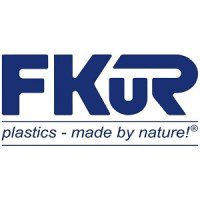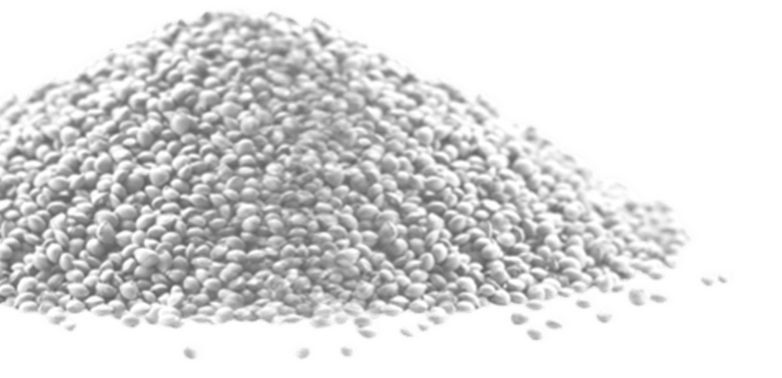Sugarcane is a food crop. Making plastics out of it will have a negative impact on food production, so why is not all of it turned into sugar?
When Brazil decided to replace gasoline with ethanol almost fifty years ago, the country was not a big exporter of sugar. Today, Brazil is the biggest exporter of sugar and the second biggest producer of ethanol, globally. Such progress is due to the optimisation of the crop and efficiency of production. With technological advancements here, farmers were able to produce more sugar andethanol with the same amount of crop.
To further understand if using sugarcane is putting pressure on food prices, here are some figures are important to put things into perspective. While 1% of the country’s land is covered by sugarcane, 19% is pasture and 14% is used for agriculture and forestry. There is an area of severely degraded pastureland, no longer suitable for livestock grazing, which is bigger than Poland[3]. It is exactly this land that has low carbon stocks and is susceptible to erosion that sugarcane helps recover. This means there is more than enough land for sugarcane to expand into without the need to occupy native vegetation or compete with other food crops.
So, to summarize, Braskem uses a very small fraction of existing sugarcane crops (~1%), and these crops are currently only using 1% of the land available in Brazil, without competing with the global demand for sugar.
If you would like to delve deeper into this subject and the specificities of Brazilian sugarcane, please consider reading this technical briefing on the topic .
It is all very well to say that the production of sugar cane does not compete with food production, nor negatively impacts the rainforest, but what about the sourcing aspects? Monoculture production uses a lot of pesticides and has a negative impact on biodiversity.
In the state of São Paulo, where 60%[4] of the country’s sugarcane is planted, crop rotation with leguminous vegetables is a common practice that helps fix nitrogen in the soil. Hence, 15% to 20% of sugarcane producing areas are also used for the cultivation of soybean, beans and peanuts, supplying the food market.
Another practice is the biological pest control program. The use of chemical pesticides is significantly reduced, for example, by using a wasp to control the population of the sugarcane borer, a bug that negatively impacts the development of the cane. Over 6 million hectares of land already use this technique[5]. In order to preserve and restore biodiversity, some farms have established green corridors linking two protected areas, allowing native wildlife to flourish alongside the sugarcane crops. Braskem further develops these practices through its Responsible Ethanol Sourcing Program[6]. Furthermore, according to UNICA (Brazilian association of sugarcane industry), since 2007 when the Green Protocol was signed, their associated mills have planted over 46 million seedings to recover over 200kha of riparian areas and protected 7,315 springs. Sugarcane producers are also increasingly monitoring bee populations and are using their permanent preservation areas to enhance habitats for them to thrive. As shown in the case of Brazilian sugarcane, intelligent and kind farming can in fact help restore biodiversity, rather than destroy it. ©Braskem 2024




